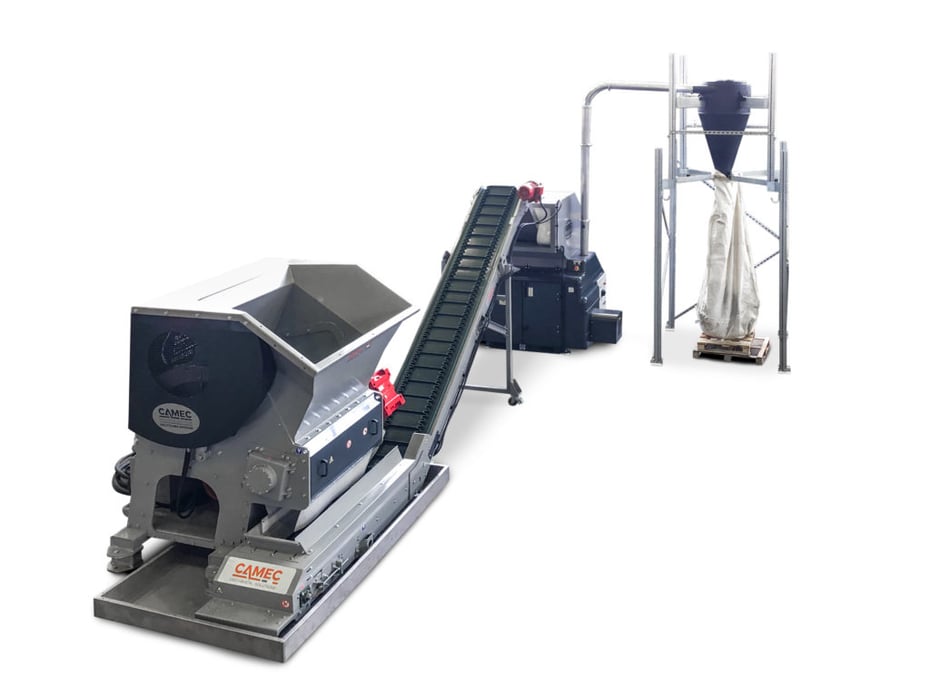Correctly treating and recycling hospital waste is a challenge as demanding as it is fundamental for the protection of the health of the community. All hospital waste, in fact, requires particular attention in all stages of storage, handling, shredding and recovery, which is essential to ensure that there is no contamination or dispersion of potentially hazardous materials.
Hospital waste is divided into several categories, and includes:
- medical waste, similar to urban waste (various types of packaging, waste produced during the preparation of meals, meal residues …)
- non-hazardous medical waste (non-bulky and non-sharp containers made of metal or glass, most of the expired drugs …)
- hazardous medical waste without any infectious risk (chemicals used in hospital laboratories, batteries, waste containing mercury …);
- hazardous medical waste with infectious risk (waste from environments where there is an infectious risk, needles, syringes, cannulas, catheters, sharp glass or metal containers, dressing materials …);
- waste deriving from cemetery activities.
To properly treat all these waste, it is essential to strictly comply with what is foreseen by the current legislation which, through the DPR 254/03, regulates the disposal of hospital waste and establishes that they must be managed in order to reduce their dangerousness, optimize their collection and encourage their recycling and recovery.
How hospital waste is treated
All stages of storage, handling and treatment of hospital waste are subject to strict protocols, required by law.
The waste must be disposed of in special containers or packaging – different depending on the presence or absence of infectious risk and the presence or absence of stinging and sharp objects – in which they are stored until they are moved to the disposal plant, which is normally found within the healthcare facility itself.
Here the waste is shredded to reduce its weight and volume and to make subsequent treatment procedures more effective. Once shredded, infectious risk hospital waste is sterilized in special plants that allow its bacterial load to be reduced until it falls within the parameters required by law. After this treatment, the waste is sanitized and can be defined as “sterile”.
Once shredded and sterilized, the infectious risk waste is then moved to special disposable containers: at this point it can be considered “special non-hazardous waste” and, like all other waste produced in the hospital, can be sent to the traditional waste disposal channels.
CAMEC plants for the treatment of hospital waste
CAMEC designs its plants for the treatment of hospital waste putting first the need to guarantee high safety standards and to customize the machines starting from the needs of the structure that will have to use them.
CAMEC plants are designed to be compact and easy to use: normally the waste is shredded with compact GR – GRR single-rotors or GS enhanced single-rotors, which reduce the size making it small and uniform. The waste, once ground, is transferred to the sanitizer by means of an airtight stainless-steel cochlea. In this way it is possible to ensure that no material dispersions or contaminations occur in the various handling phases. CAMEC plants, therefore, provide healthcare facilities with versatile machines able to treat correctly different types of hospital waste, in full compliance with the regulations governing this delicate sector.

